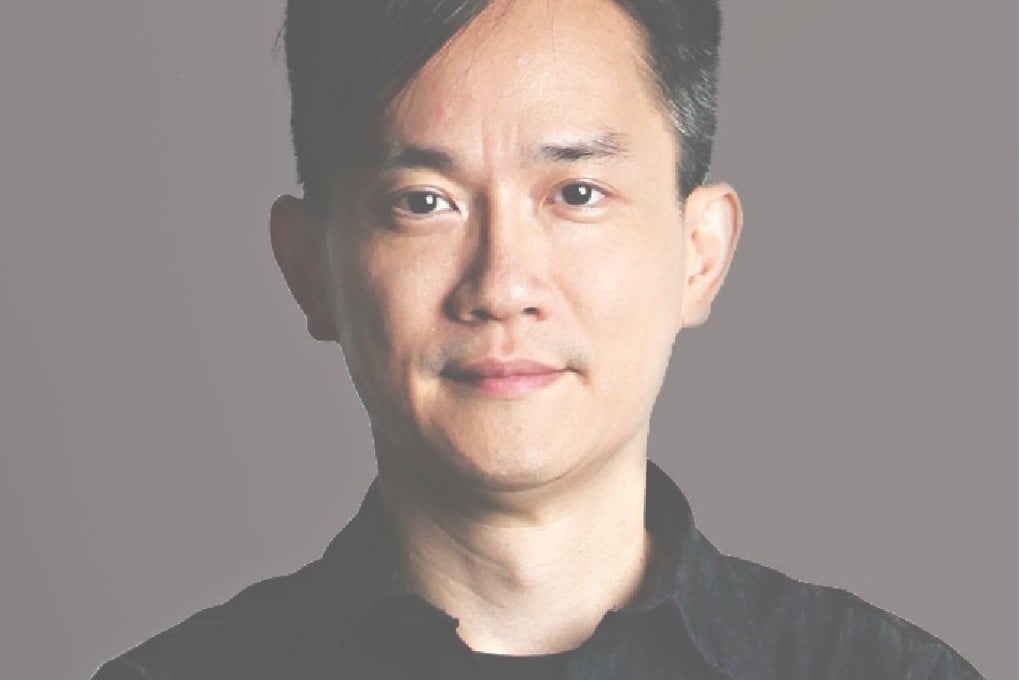Opinion | Rambert Dance Company to make its Hong Kong debut

It's been decades since I saw the Rambert Dance Company perform, at Sadler's Wells in London, so I was excited to hear that the British group would make its Hong Kong debut from Friday until Sunday.
Rambert, which is celebrating its 85th anniversary - it's Britain's oldest dance company - will present four works that "represent the history of the company", artistic director Mark Baldwin says. "Rambert is lucky in that we have this historical context and an enduring mystique from which to develop new work. This choice also shows the range of work the dancers can tackle."
, he says, is like watching a group of circus performers who have momentarily come to rest; it hints at and is a classic piece of Christopher Bruce in its "folky-ness", both in the choice of music and the groupings.
is presented as people in a Nordic-inspired landscape with movements cast low to the ground, deep knee-bends, athletic spinal shifts, and sometimes raw emotive drive, Baldwin says.
Rambert's version of is a study in style, shape and shoulder line; it has a subdued, stylised sexuality with a faun pursuing beautiful yet aloof nymphs. Baldwin's is a contemporary reaction to this 1912 masterwork.
" takes its inspiration partly from the composer growing up in the Forest of Dean in the 1990s with mating foxes being heard on one side of the house at night and illegal raves on the other," he says. "As I was born in Fiji I have introduced elements of the tribal dances I witnessed as a child. However, the piece is not an illustration of these elements but a poetic reconfiguring, still using ideas about nature, sexual competition and selection."

